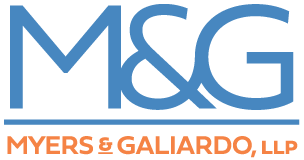In some respects, at first glance, motor vehicle accidents may seem like the simplest type of personal injury claim. After all, in most instances the police arrive at the scene and take a report, which includes information such as the identification of the driver and registered owner of each involved vehicle, the insurance carrier for each vehicle, a brief description of facts, injured parties and witnesses. However, there is often more information to be pursued vital to maximizing the potential recovery for an injury victim. For instance, as important as addressing the issues of liability and injuries, all potential sources of insurance coverage must be fully investigated as coverage may often not be limited to the insurance coverage of the at fault vehicle. For instance, in the event the driver of an at fault vehicle is not the owner, it is possible that the driver owns his own vehicle. If so, the insurance for that vehicle may serve as a secondary source of coverage. Another potential source of coverage may be one’s own policy, know as SUM coverage(supplementary uninsured coverage). Depending on the policy limits of the at fault vehicle and one’s own liability coverage, there may be a viable claim with one’s own company under the SUM coverage for that vehicle as well as with the insurance carrier of a vehicle of a resident relative of one’s household. The underlying theme here in the event one is injured and coverage for the at fault vehicle appears to be insufficient to provide fair compensation for the particular injuries sustained, it is imperative that all sources of coverage be fully investigated.

